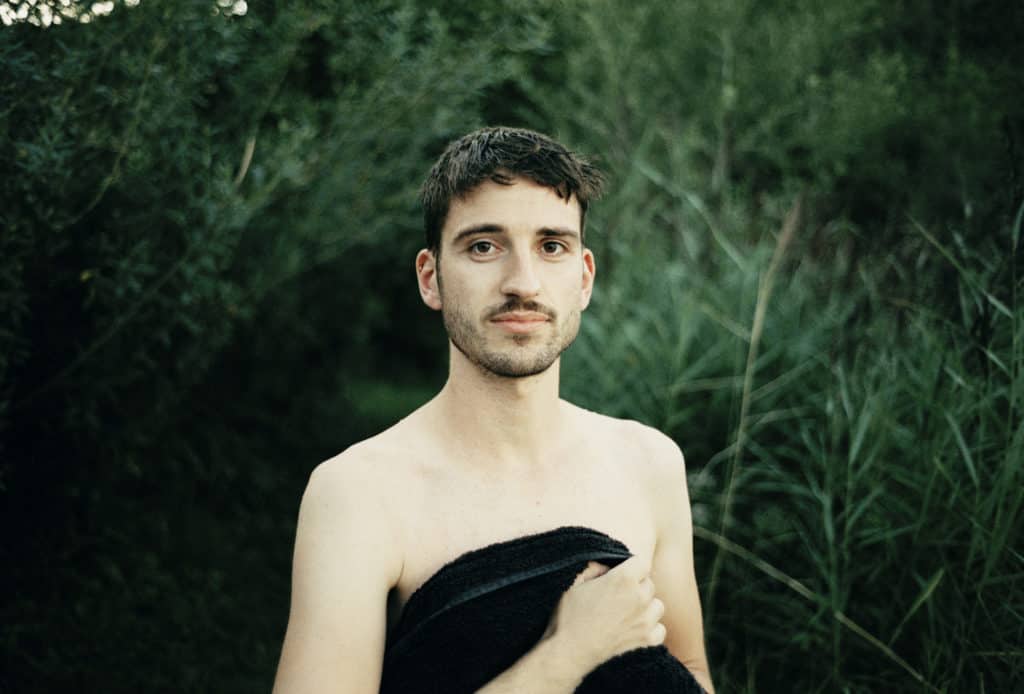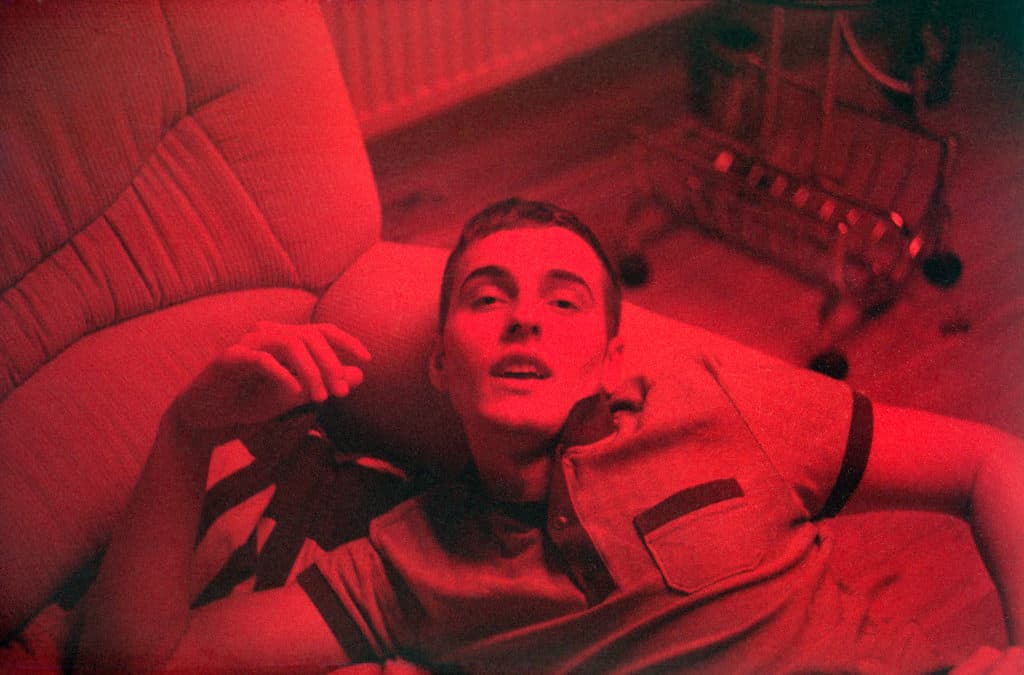‘It’s impossible for gays to be themselves in Poland’ said in 2007 Robert Biedroń, at that time a president of the organization Campaign Against Homophobia (KPH)[1].
Has the situation improved over the last ten years, since Biedroń made the statement? There was never an anti-homosexual law under free Polish government, but the question we should be asking is: are the LGBTQ Poles celebrating the same rights as the rest of the society, now, 29 years after the country became democratic? While the right-wing government in Poland rose to power-many emigrated abroad in search for a better future and equal rights, majority motivated not by the economic situation but trying to escape increasing persecutions in their own country[2]. Same-sex couples in Poland are not legally able to form a civil partnership and benefit from all the rights which come with that, not even mentioning the right to adopt a child. On the other side, queer people in Poland are afraid to expose themselves in their community fearing not only lack of acceptance but also assaults and abuse.

Oiko Petersen Markus at a Großer Alpsee (Allgäu, Summer 2015) from “I now accept hope” (2106) series
According to Marta Abramowicz, psychologist and the person behind the campaign ‘Niech nas zobaczą’, the main achievement of the recent decades was an introduction of the queer minority in public consciousness. This is mainly thanks to the accessibility of media, private TV and Internet portals. The campaign ‘Niech nas zobaczą’ in 2003 inspired a huge debate about the place of the homosexual people in the society. The campaign was supported by the open letter signed by many intellectuals, writers, philosophers and political activists. That was perhaps the first time when press received photos of normal, casually dressed gay and lesbian couples, looking just like everyone else on the street, rather than the usual shots of drag queens from the Love Parade in Berlin[3]. Following this campaign there were rare moments when the queer community did experience better times, such as when in 2011 Palikot Movement emerged, a political anti-clerical party, supporting legalization of the same-sex unions, or when Robert Biedroń became the first openly gay MP in Poland and Anna Grodzka the second trans MP in Europe. Such events are however sporadic since they still get the mention a few years after. To be able to understand the nature of the Polish homophobia truly, one cannot ignore the importance of the role the Catholic Church has played in the formation of democratic Poland and its influence on all aspects of social, political and cultural life in the country. As a consequence, Polish society is quite conservative, and therefore not easily accepting anyone or anything different, be it in terms of race, religion or sexuality. The conservatism appears in various areas of everyday life, and LGBTQ people are often willing to come out to their friends but not to the families, as that is where they fear lack of understanding and rejection. According to CBOS (Centre for Public Opinion Research) opinion poll from 2008, 69% of the respondents claimed that gays and lesbians shouldn’t be allowed to openly demonstrate their lifestyle in the society, while 76% said that they shouldn’t have the right to get married.
The results of the surveys translate into the art world. LGBTQ artists are still struggling to find a space, which would allow them to exhibit their art and express lifestyle and opinions freely. While smaller galleries might be afraid to represent queer artists in fear of losing financial support, more prominent institutions are highly exposed to the public criticism. One of a very few examples was the exhibition ‘Ars Homo Erotica’, which took place in 2010 at the National Museum in Warsaw and was met with protests amongst the public and politicians. Some of the MPs expressed their opinion through the appeal to the Ministry of Culture asking to prevent the show from happening. Instead of expected scandal and a ‘true revolution’, the exhibition came, according to one of the critiques, ‘with a quite obvious, commonly known and not strikingly new statement: homoerotic art exists, as do homosexuals’[4]. Sadly, such a statement in Poland still doesn’t seem evident enough for many. In London, Berlin or Paris queer art has its own, well-deserved space in museums and galleries. At the same time festivals, such as Pomada and Queerowy Maj, are run by a handful of enthusiasts, after hours trying to fight the invisibility of the non-heteronormative artists on the Polish art scene[5].
— Gosia Fricze
[1] L. Hoare, What’s It Like to Be Gay in … Poland?, 2014 (http://www.slate.com/blogs/outward/2014/07/16/gay_in_poland_what_s_it_like.html).
[2] C. Graham, Gay Poles head for UK to escape state crackdown, 2007 (http://www.theguardian.com/world/2007/jul/01/gayrights.uk).
[3] M. Abramowicz, Sytuacja społeczna osób bi- i homoseksualnych w Polsce, [w:] Queer; Studies. Podręcznik kursu., p 112.
[4] B. Deptuła, Art Homo Erotica, 2010; (http://www.dwutygodnik.com/artykul/1324-ars-homo-erotica.html).
[5] N. Bąkowska, Queerowa wizja polskiej rzeczywistości, 2017 (https://i-d.vice.com/pl/article/8xxvxa/queerowa-wizja-polskiej-rzeczywistosci).
QUEER GAZE FROM POLAND. A PORTRAIT OF LOVE AND DESIRE
22-26.05.2018, private view: 23.05, 7 p.m. – 9 p.m.
artist talk (Mateusz Grzelak, Kinga Michalska, Natalia Podgórska): 23.05, 6 p.m. – 7 p.m.
organised by Fresh From Poland
Bermondsey Project Space, 183-, 185 Bermondsey St, London SE1 3UW










